The Sahara Desert – spanning over 3.6 million square miles across North Africa – offers travelers some of Earth’s most extraordinary overnight experiences. From traditional Berber camps to architect-designed desert lodges, sleeping arrangements in this vast landscape range from authentically rustic to surprisingly luxurious, all sharing one common element: unforgettable immersion in one of the planet’s most extreme environments.
Here is a list of 15 remarkable places where you can actually sleep in the Sahara Desert.
Scarabeo Camp
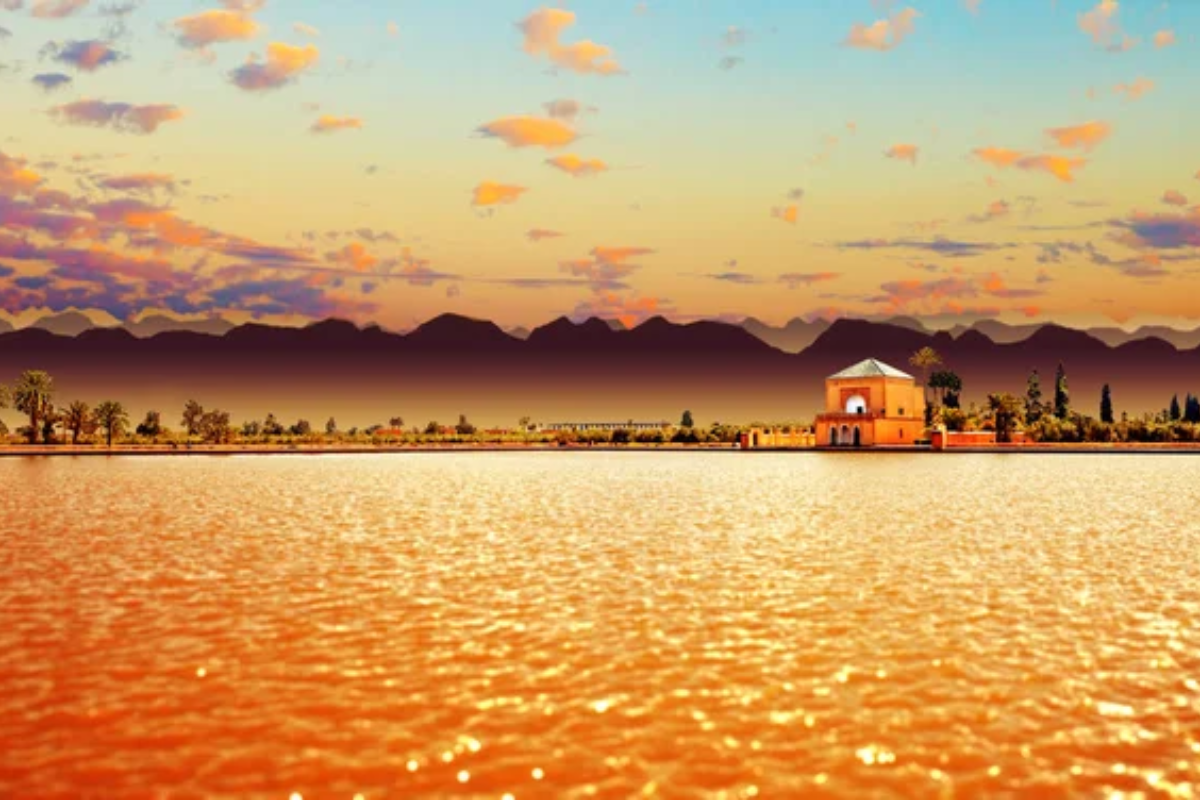
Positioned among the stone-strewn flatlands outside Marrakech, this nomadic-inspired camp creates striking visual contrast through black canvas tents adorned with handcrafted Moroccan furnishings. Vintage leather trunks and brass lanterns create atmospheric lighting after sunset when temperatures drop dramatically in the desert landscape.
The camp relocates seasonally to optimize weather conditions while maintaining access to dramatic dune formations. Evening meals prepared in underground sand ovens connect guests with cooking techniques developed by desert dwellers over countless generations.
Dar Ahlam Tent Camp
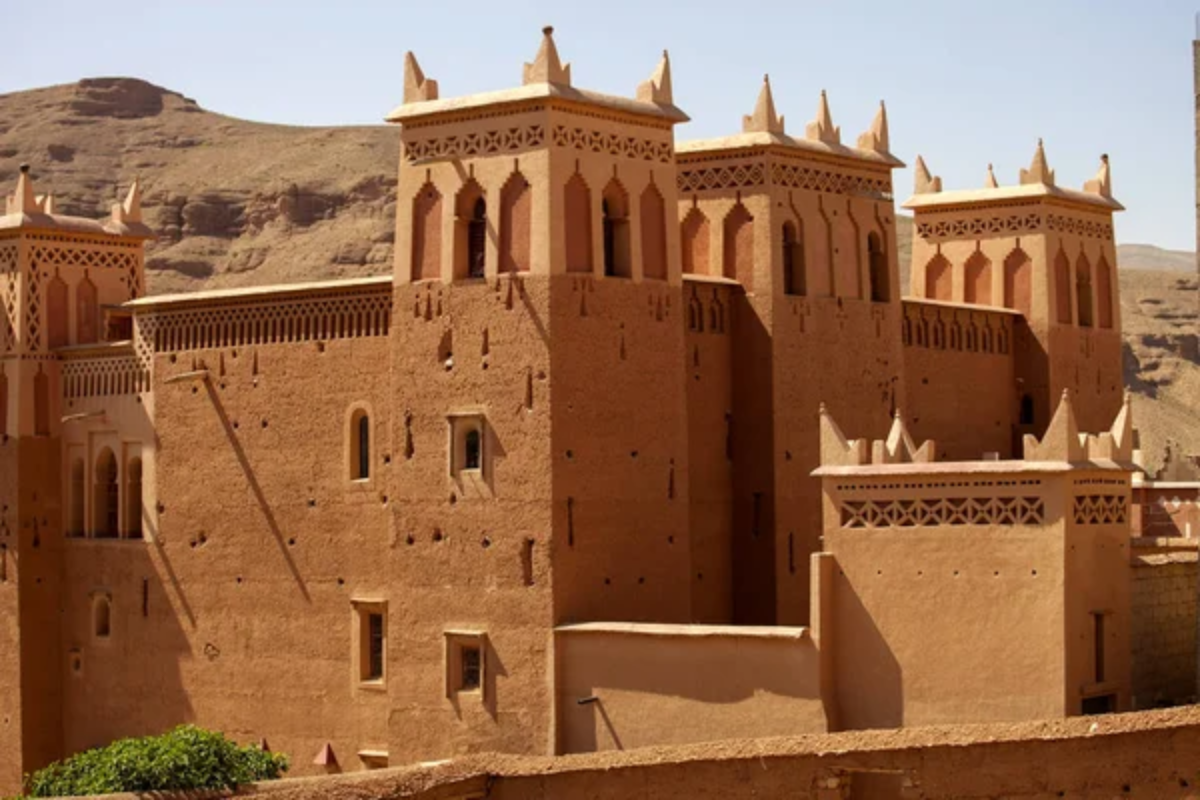
Located far beyond its famous Kasbah hotel in southern Morocco, this exclusive desert camp provides overnight experiences deep within the true Saharan wilderness. Traditional Berber tents have been subtly enhanced with unexpectedly comfortable bedding while maintaining authentic structural elements developed for desert conditions.
Staff create pathways marked solely by lanterns, leading guests to private dining locations uniquely arranged each evening among the dunes. The complete absence of artificial light makes astronomical viewing experiences possible in more populated environments.
Like Travel Pug’s content? Follow us on MSN.
Erg Chigaga Luxury Camp
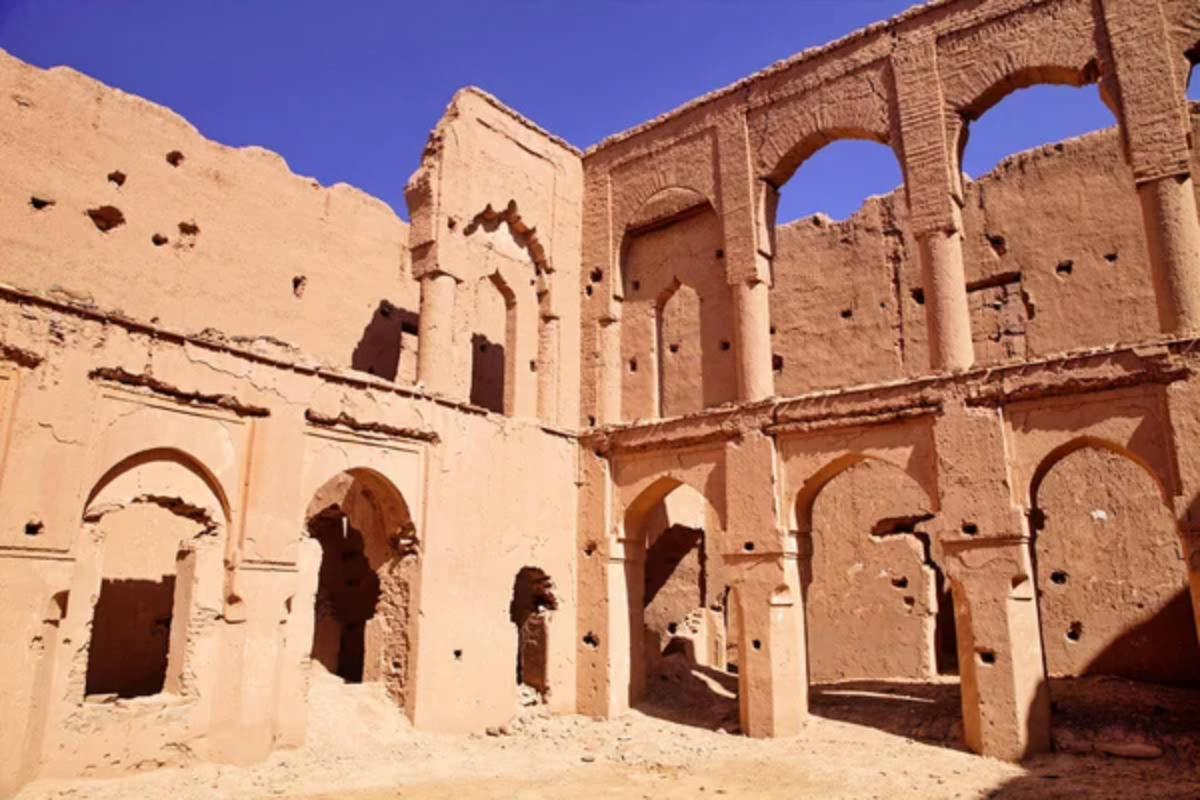
Established near Morocco’s largest dune sea, this collection of canvas structures combines traditional Berber design with unexpected comforts more than fifteen miles from the nearest road. Solar power systems provide environmentally appropriate lighting while preserving the extraordinary darkness necessary for celestial observation.
Evening entertainment includes traditional music performed by camp staff descended from families who have inhabited these regions for centuries. Morning reveals footprints of desert creatures that investigate the camp periphery nightly while guests sleep under canvas.
La Pause
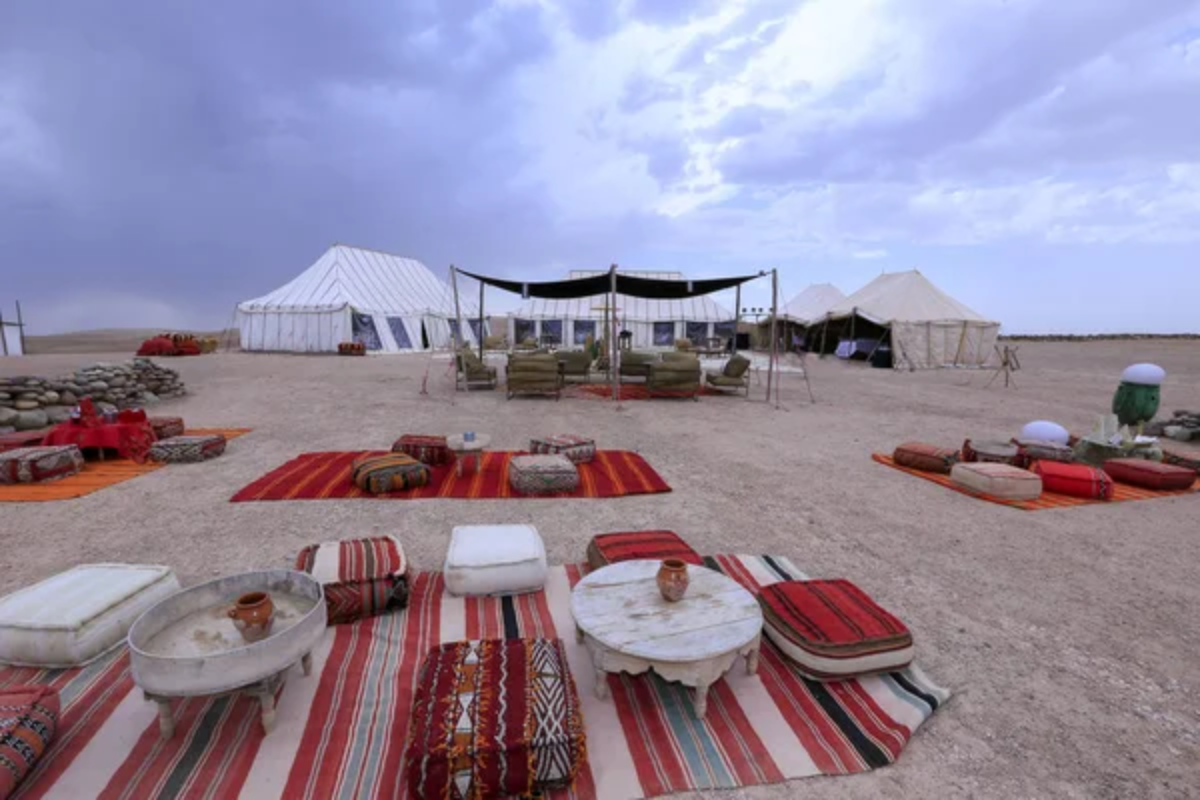
Situated in the rocky Agafay Desert outside Marrakech, this candlelit oasis creates unusually restful environments through complete disconnection from electricity and modern distractions. Stone-built sleeping quarters remain naturally cool during scorching days while providing cozy shelter during chilly desert nights.
Shower facilities utilize warmed rainwater collected through ancient techniques adapted for contemporary comfort standards. The property’s design emphasizes traditional materials, including palm wood, stone, and clay, that moderate temperature extremes through natural properties developed over centuries of desert architecture.
Azalai Desert Camp
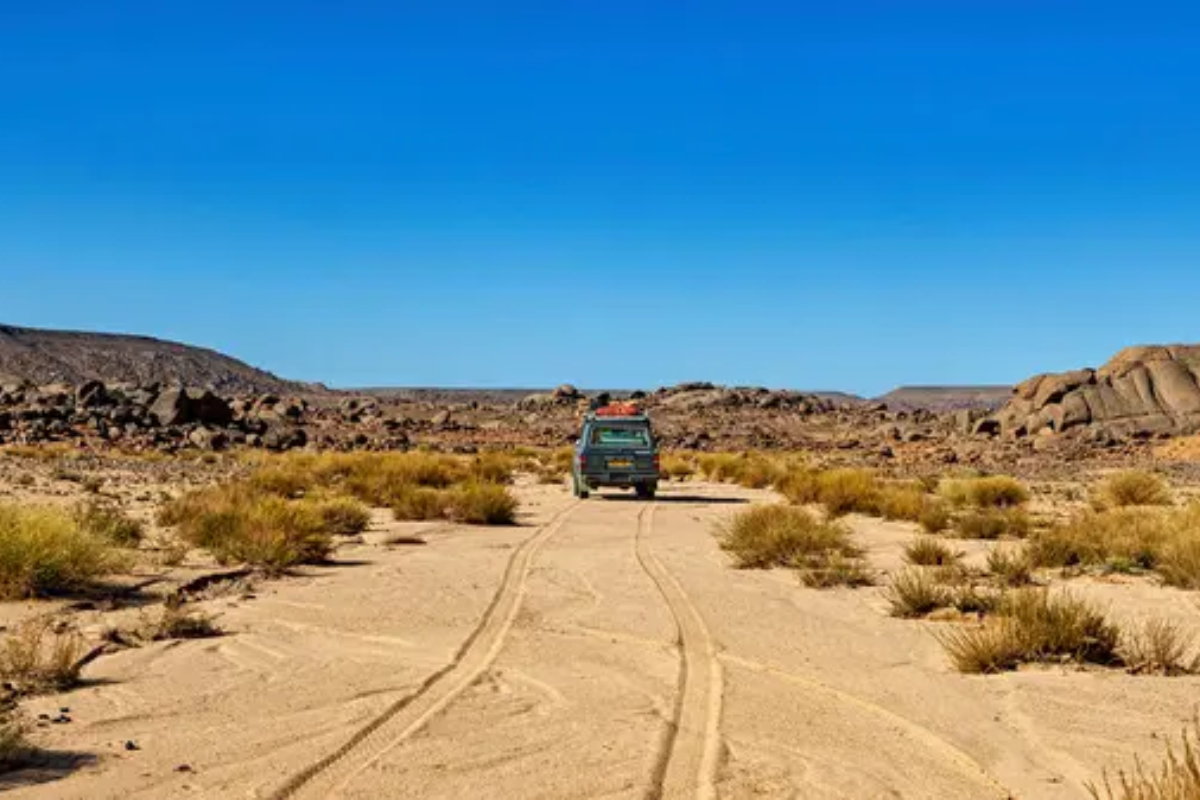
Positioned among the towering dunes of Erg Chebbi, this mobile encampment relocates throughout the year to optimize weather conditions and avoid desert tourism congestion. Traditional goat-hair tents woven by Berber craftspeople provide shelter with remarkable insulating properties that moderate both heat and cold.
Evening storytelling sessions around campfires connect guests with oral traditions passed down through generations of Saharan nomads. Early morning camel treks depart directly from sleeping quarters, allowing guests to witness dawn transforming the landscape from their doorsteps.
Like Travel Pug’s content? Follow us on MSN.
Desert Luxury Camp
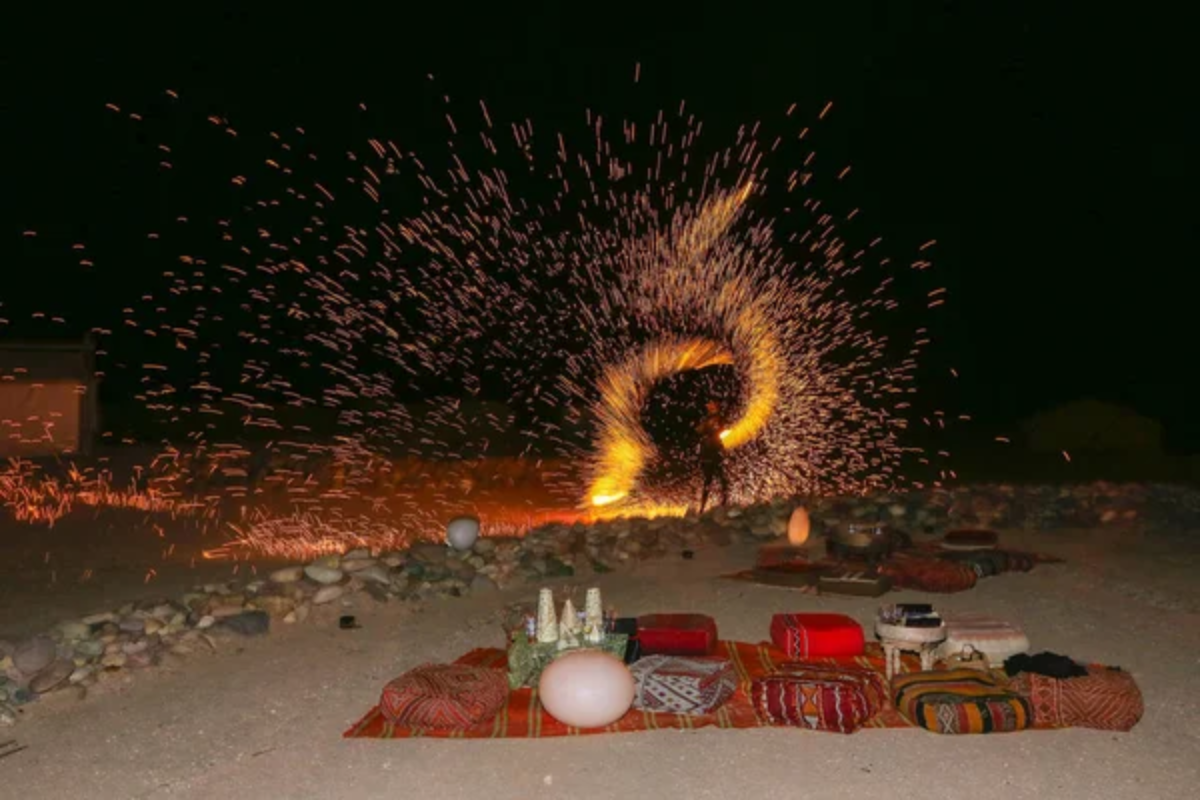
Located near the Algerian border in the eastern Moroccan desert, this collection of white canvas structures creates striking visual contrast against the reddish-orange sandscape surrounding it. Private bathroom facilities attached to each sleeping tent incorporate traditional water conservation techniques while providing unexpected convenience in remote locations.
Rooftop sleeping platforms offer options for guests who prefer sleeping directly under the stars during appropriate weather conditions. The camp’s remote location beyond common tourist routes provides access to dunes rarely marked by footprints.
Three Camel Lodge

Situated at the edge of Mongolia’s Gobi Desert (not part of the Sahara, but a similarly extreme environment), this remarkable property recreates traditional ger dwellings with unexpected attention to comfort. Structural elements follow patterns developed by nomadic herders perfectly adapted to desert conditions, including sophisticated natural ventilation systems.
The property maintains strong connections with surrounding communities, employing local staff who share traditional knowledge with guests. Evening activities include demonstrations of traditional desert survival techniques passed through countless generations.
Sahara Stars Camp
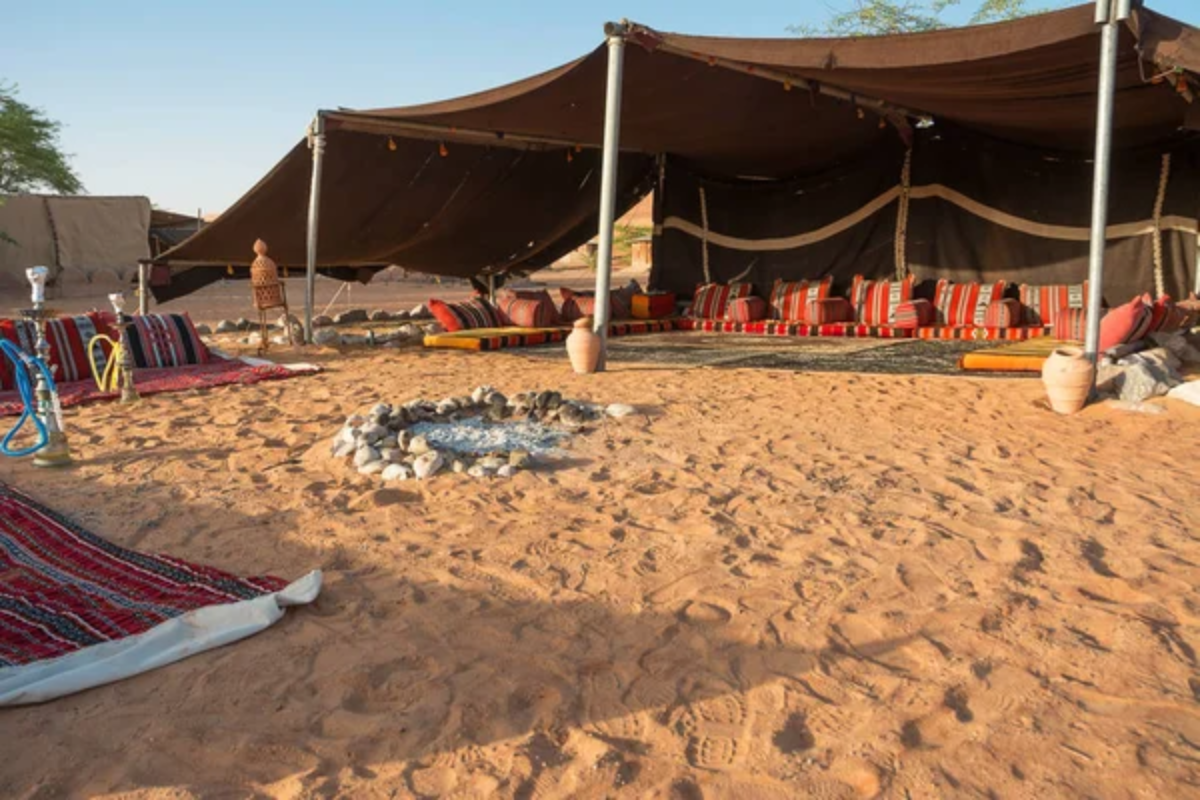
Positioned in the remote Erg Zmila dune system of eastern Morocco, this astronomically oriented camp specializes in celestial observation experiences enhanced by the desert’s exceptional atmospheric clarity. Sleeping arrangements include transparent-roofed options specifically designed for stargazing directly from bed without exposure to night temperatures that can drop dramatically.
Staff includes trained astronomical guides who provide both technical equipment and cultural context about traditional Berber celestial navigation techniques. The location’s exceptional remoteness eliminates even distant light pollution that would compromise viewing conditions.
Like Travel Pug’s content? Follow us on MSN.
Nubian Rest House
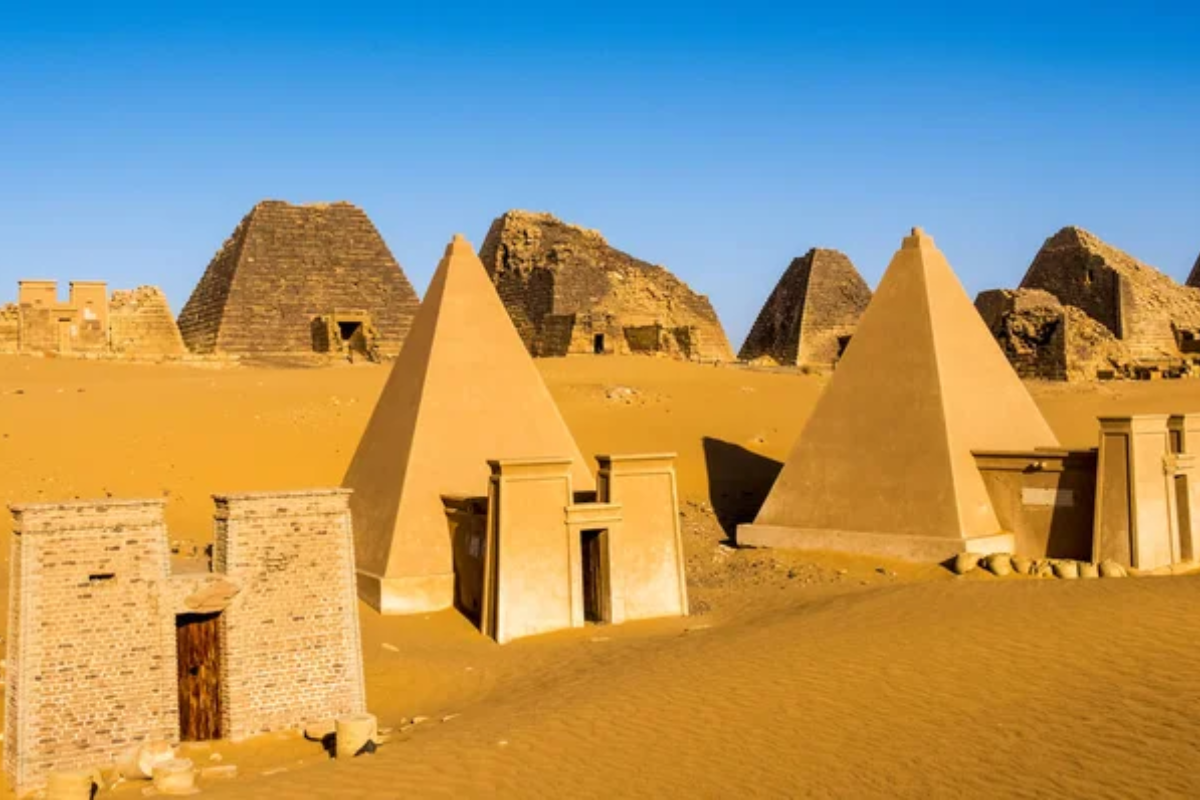
Located near Sudan’s pyramids of Meroë, this mud-brick structure recreates traditional Nubian architecture adapted for contemporary comfort requirements. Thick walls provide natural temperature regulation according to principles developed over millennia of desert-dwelling expertise.
Rooftop sleeping arrangements offer relief during hotter months when indoor temperatures remain higher than the rapidly cooling night air. The property’s connection with surrounding communities creates cultural exchange opportunities rarely available in more developed Saharan tourism regions.
Longitude 131°
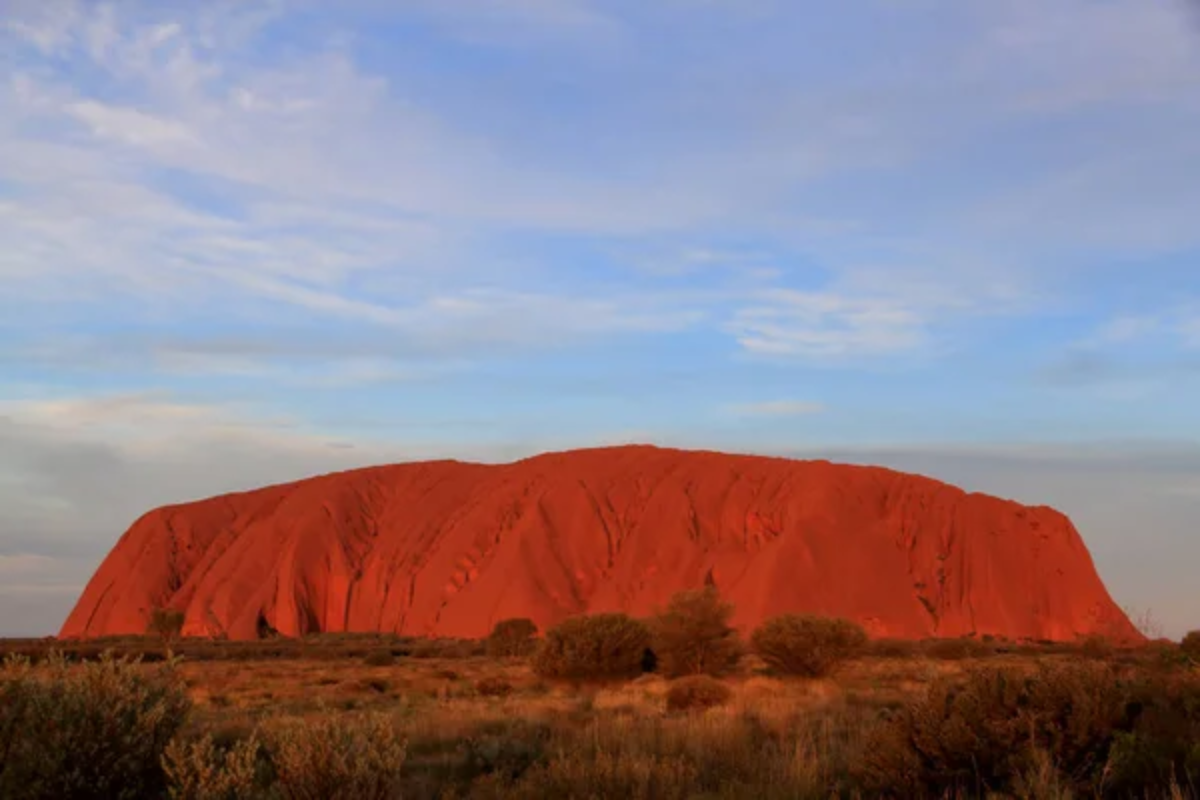
Overlooking Australia’s red desert landscape near Uluru, this architecturally striking property creates shelter through elevated tent structures with unexpectedly sophisticated interiors. Floor-to-ceiling windows frame direct views of sacred desert landforms from climate-controlled sleeping environments.
The property’s design minimizes environmental impact through careful water management and renewable energy systems appropriate for sensitive desert ecosystems. Evening dining experiences take place under desert skies with menus incorporating traditional indigenous ingredients harvested according to ancient knowledge.
Inara Camp
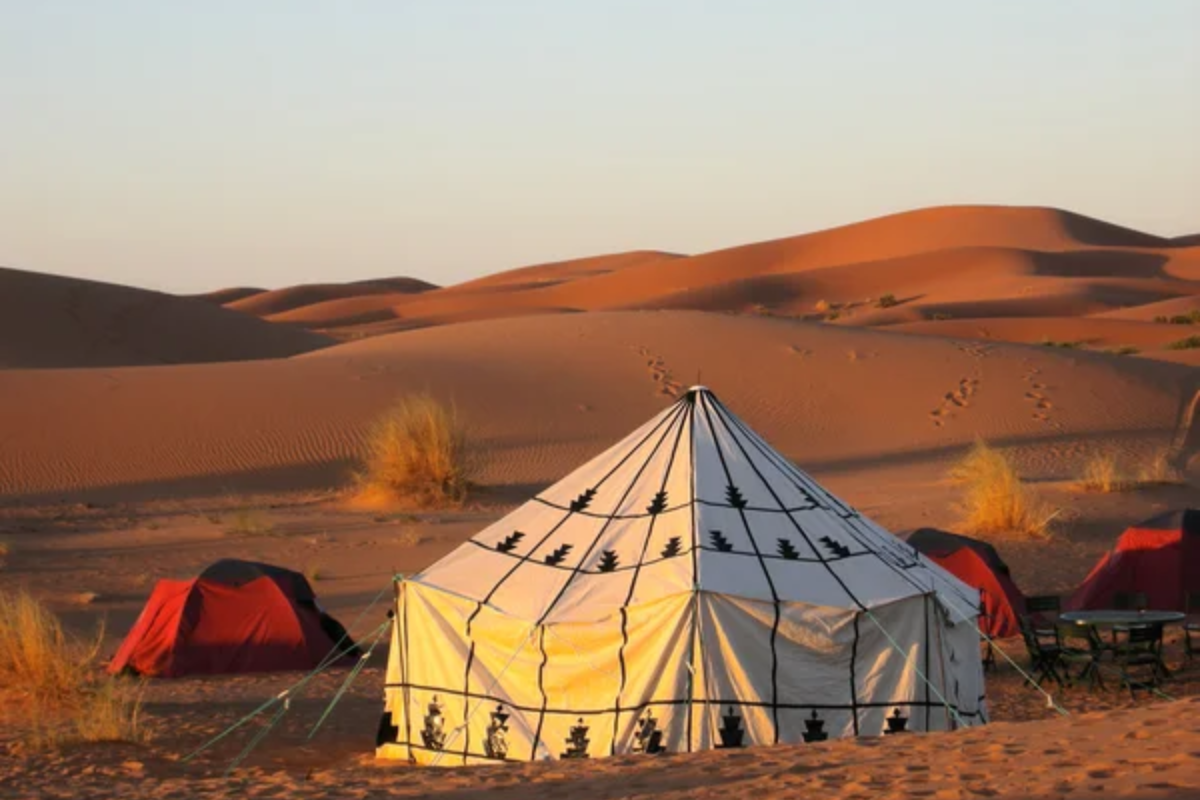
Positioned in Morocco’s stone desert region rather than dunes, this camp provides distinctly different Saharan experiences through proximity to ancient geological formations. Traditional Berber tents have been adapted with wooden floors and comfortable furnishings while maintaining authentic structural designs that withstand desert conditions.
The camp employs local nomadic guides who share knowledge about desert plants, animals, and survival techniques developed over countless generations. Evening activities include traditional bread-making demonstrations using underground sand ovens.
Like Travel Pug’s content? Follow us on MSN.
Camp Adounia
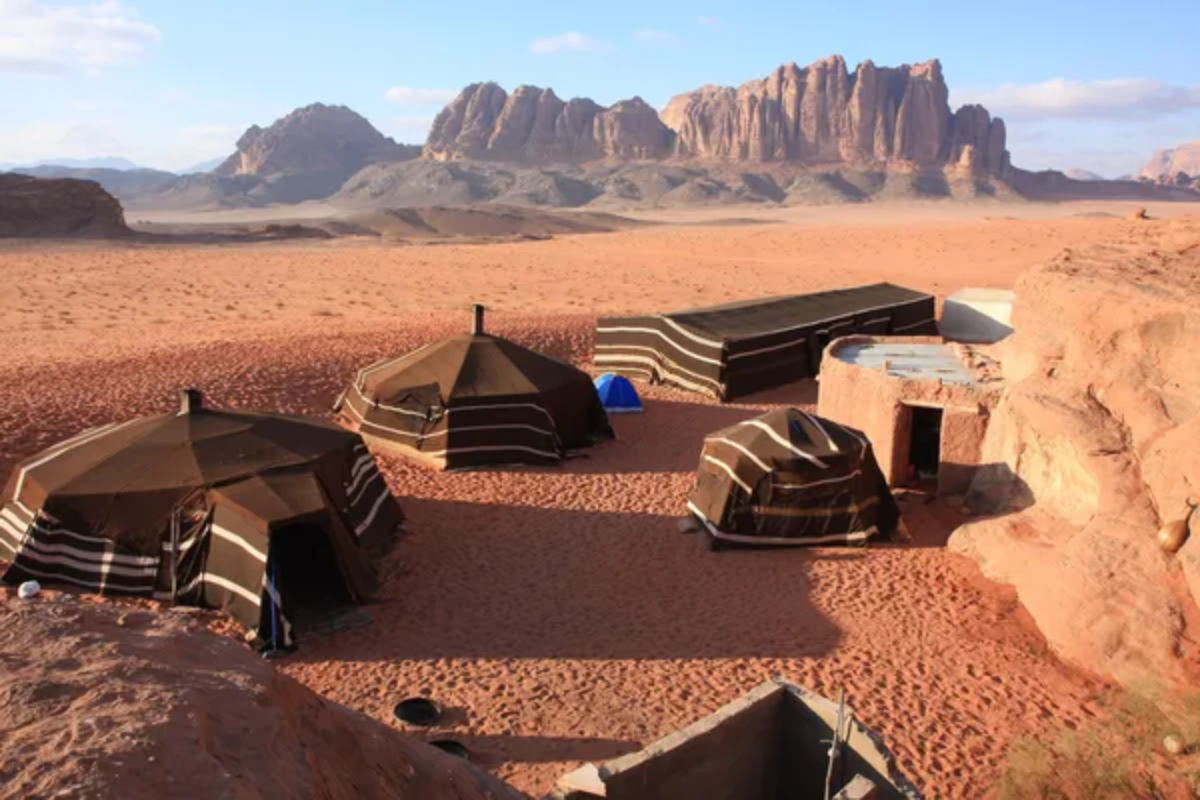
Operating seasonally in Morocco’s Erg Chebbi dune system, this mobile encampment follows traditional nomadic patterns by relocating to optimize conditions throughout the year. Sleeping arrangements include both enclosed tents and open-air options for guests seeking direct connection with the desert environment.
Traditional music performances feature instruments crafted from materials available within the desert ecosystem. The camp’s environmental practices include sophisticated water conservation techniques developed through centuries of desert-dwelling experience.
Kam Kam Dunes

Established near Morocco’s border with Algeria, this collection of traditional structures creates unexpected comfort through centuries-old architectural principles rather than modern technology. Sleeping platforms positioned to capture prevailing night breezes provide natural cooling during warmer seasons.
Food preparation utilizes traditional preservation techniques developed by nomadic communities who traversed these landscapes for centuries. The property’s design incorporates traditional Berber symbolic elements that connect contemporary visitors with ancient desert cosmologies.
Peaceful Desert Camp

Located beyond common tourist routes in Tunisia’s Grand Erg Oriental, this encampment recreates traditional structures used by Saharan traders who once crossed these vast expanses by camel caravan. Simple palm-frond shelters provide surprisingly effective protection from both sun and wind while maintaining constant air circulation.
Evening meals incorporate preserved foods traditionally carried by desert travelers, connecting guests with historical necessity through culinary experience. Night walks guided by local staff reveal the surprising activity of desert wildlife after darkness falls.
Like Travel Pug’s content? Follow us on MSN.
Terra Sahara
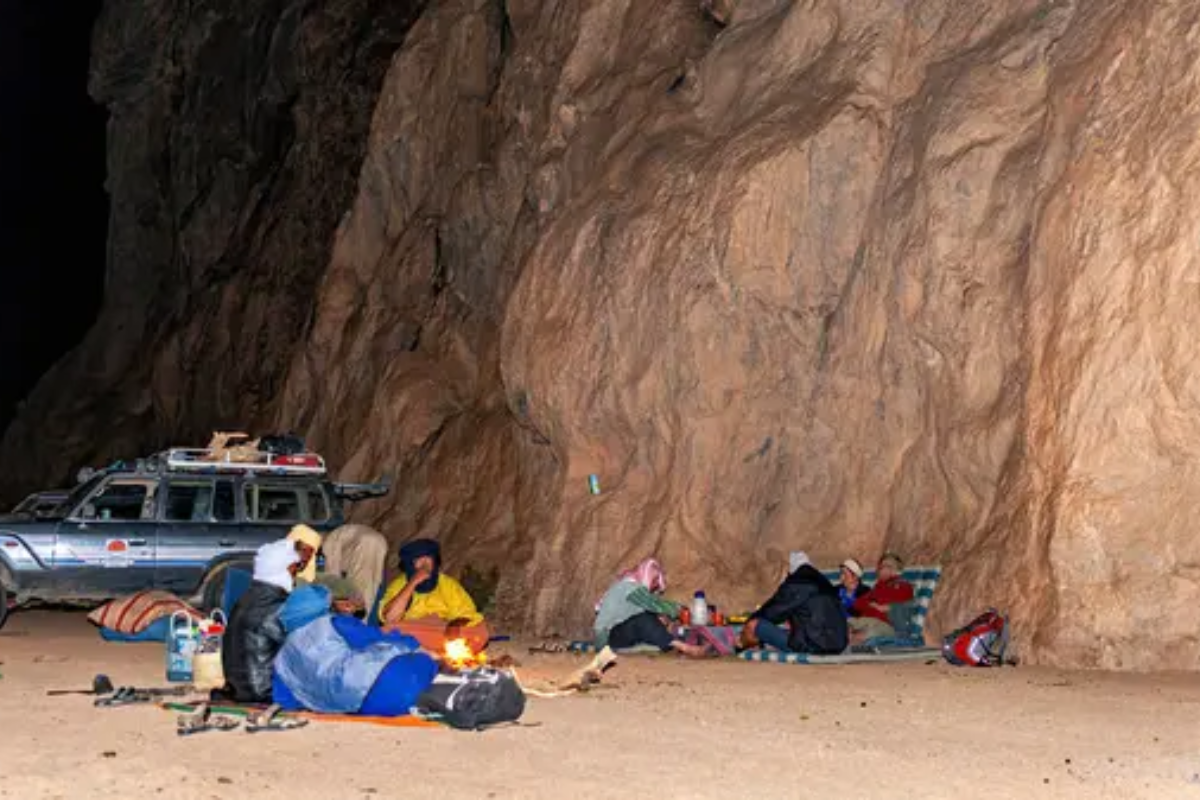
Positioned in the remote desert surrounding Morocco’s Draa Valley, this architectural marvel incorporates rammed-earth construction techniques that naturally regulate temperature without mechanical systems. Building materials sourced from the immediate surroundings create structures that visually harmonize with the landscape while providing effective shelter.
Water conservation systems recreate traditional harvesting techniques developed over centuries by desert communities. The property’s design emphasizes traditional passive cooling methods, including wind towers and strategically positioned windows that create natural ventilation.
Desert Rhythms and Starlit Dreams

What makes sleeping in the Sahara truly extraordinary transcends the accommodations themselves – it emerges from the profound silence, absolute darkness, and overwhelming vastness that transform ordinary rest into existential experience. While modern technology has made these remote regions increasingly accessible, the fundamental experience remains unchanged from what travelers have encountered for centuries: the humbling immensity of the desert night sky, the perfect stillness before dawn, and the remarkable adaptation of human ingenuity to one of Earth’s most challenging environments.
For those seeking not just unique accommodations but transformative nights, the Sahara offers sleep experiences that remain imprinted in memory long after returning to conventional surroundings.
More from Travel Pug

- 20 Towns Built for One Purpose That Were Later Abandoned
- 15 Hidden Spots in Disney World’s Magic Kingdom Most Visitors Miss
- 20 Once-Popular Beach Towns That Are Now Ghostly Empty
- 15 Canyons in the U.S. That Are Just as Stunning as the Grand Canyon
- 10 Under-the-Radar Mountain Towns That Are Both Affordable and Beautiful
Like Travel Pug’s content? Follow us on MSN.
